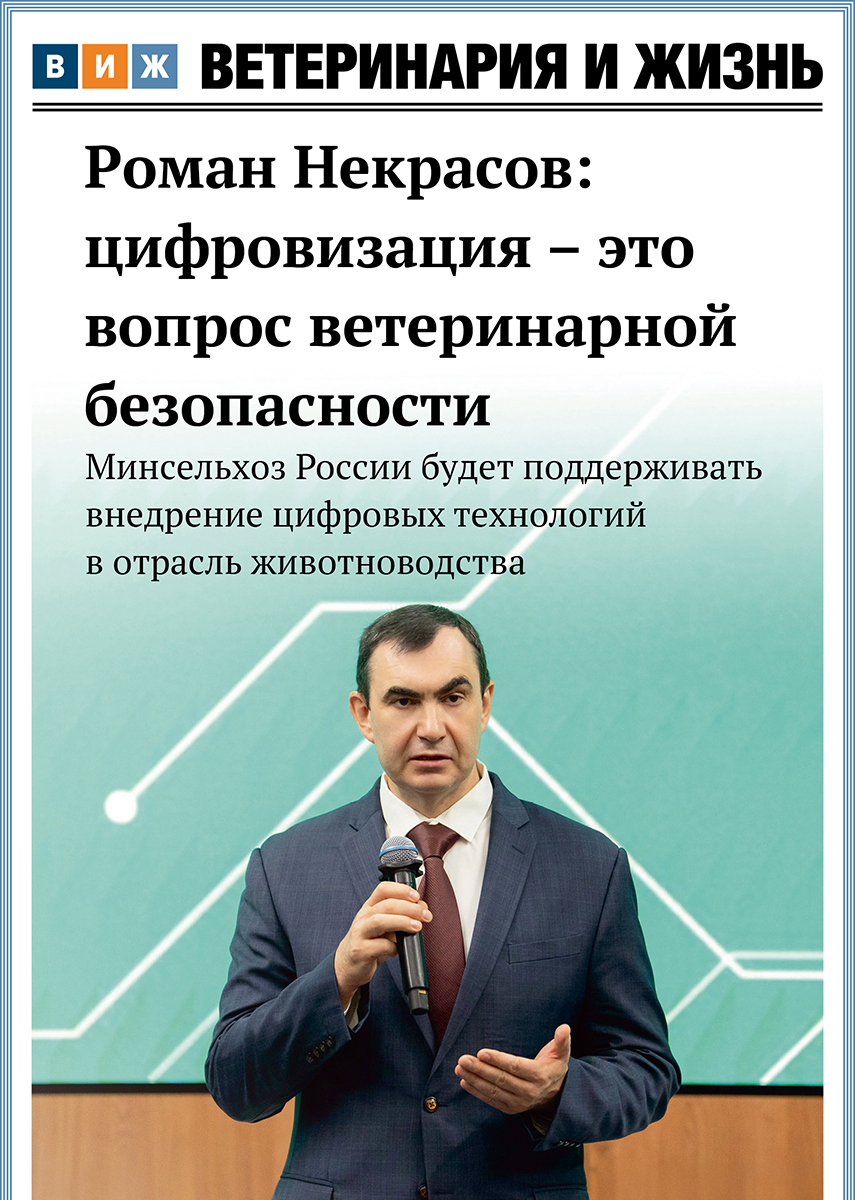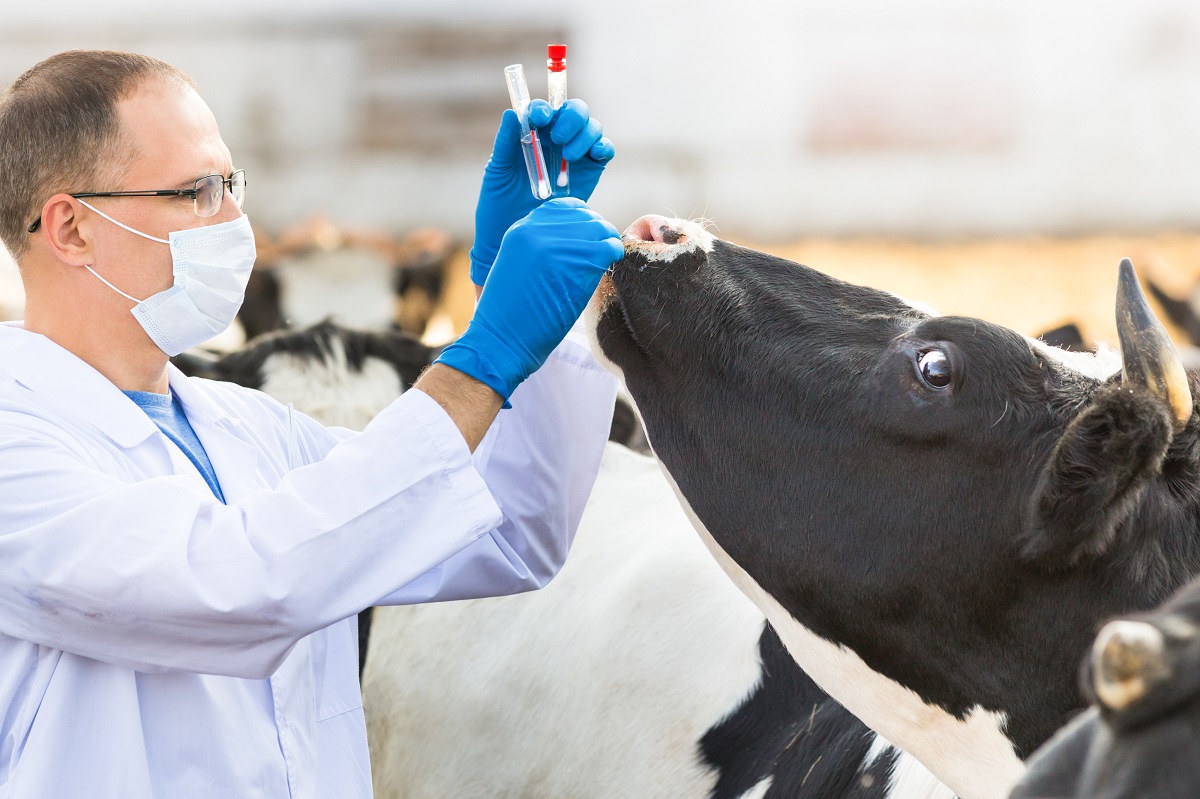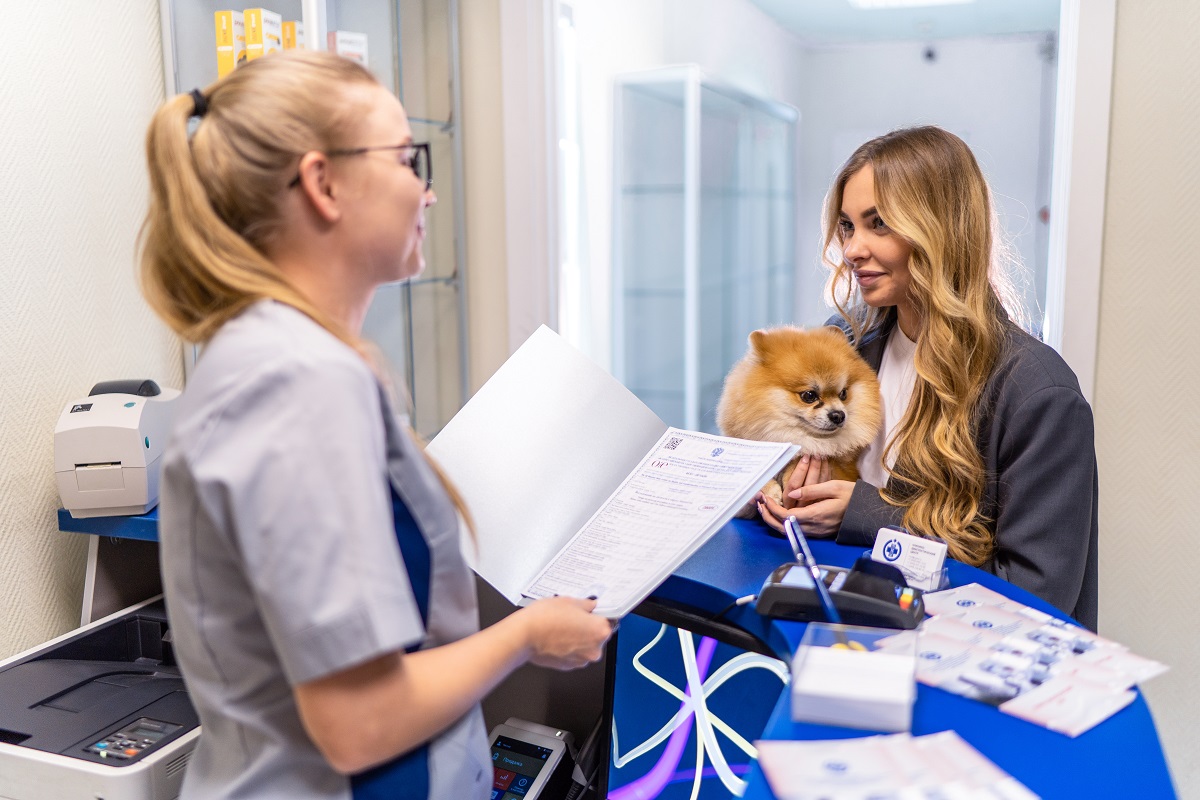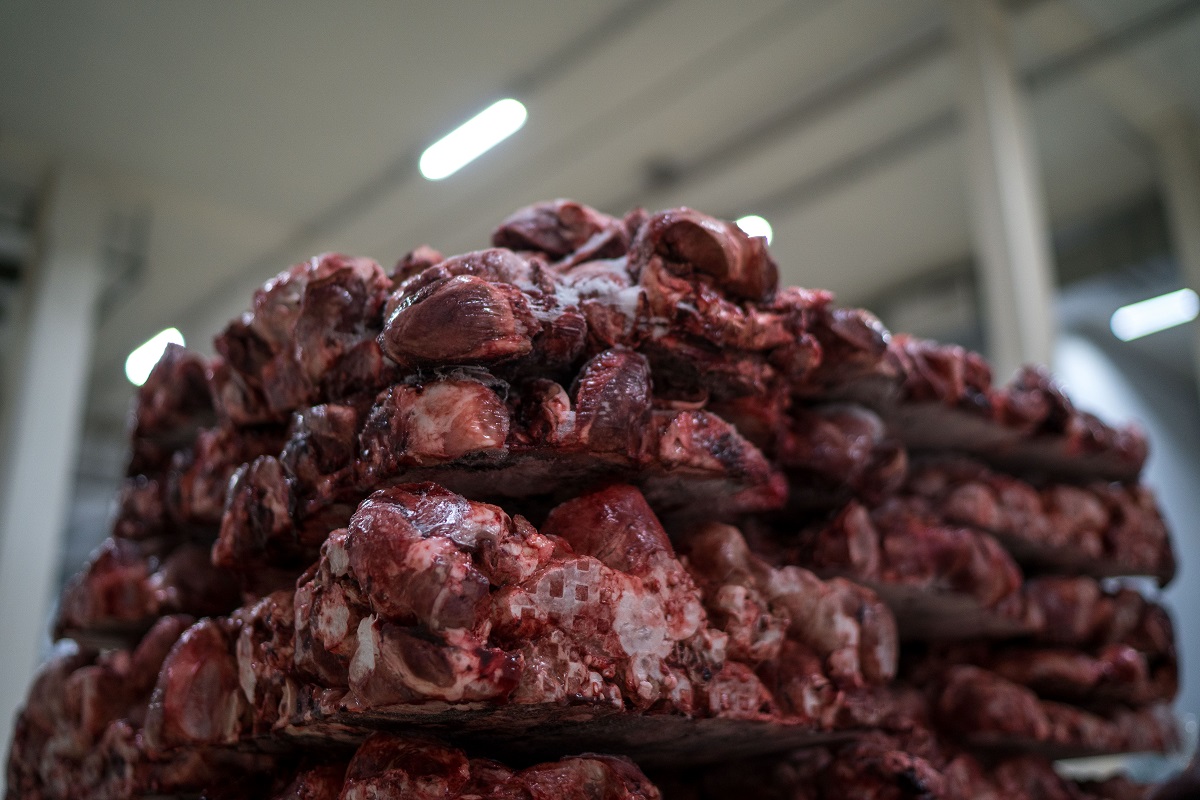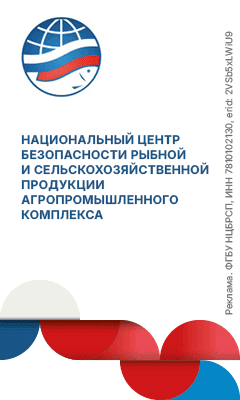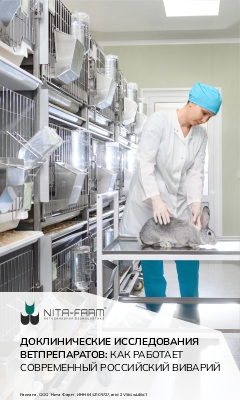The document was published on the portal for legal information. Veterinary rules will apply until September 1, 2030.
The rules outline requirements for preventing and diagnosing paratuberculosis. The document also specifies the actions to be taken in cases where an infection is suspected or confirmed.
According to veterinary regulations, production facilities are required to conduct biannual clinical examinations of all susceptible animals to prevent paratuberculosis. Additionally, breeding stock must be examined within 30 days of giving birth.
Animals entering the farm are required to undergo a 30-day quarantine as part of disease prevention measures.
Upon confirmation of a diagnosis, the affected area must be identified and a quarantine established. The document outlines specific actions and restrictions to be implemented in order to combat the infection.
According to the rules, quarantine may be lifted three years after the last susceptible animal has been sent for slaughter.
Information note
Paratuberculosis is a chronic, contagious bacterial disease that affects cattle, sheep, goats, camels, and reindeer.
Clinical signs include diarrhea, swelling in the eyelids, intermaxillary space, dewlap, and lower abdomen, as well as dehydration, progressive exhaustion, muscle atrophy in the croup and hind limbs, and arched curvature of the spine, along with rectal sphincter paralysis.
The causative agent of paratuberculosis is resistant to environmental factors, remaining viable for up to 330 days in soil and manure and up to 300 days in feed. However, it can be effectively removed by disinfectants.

